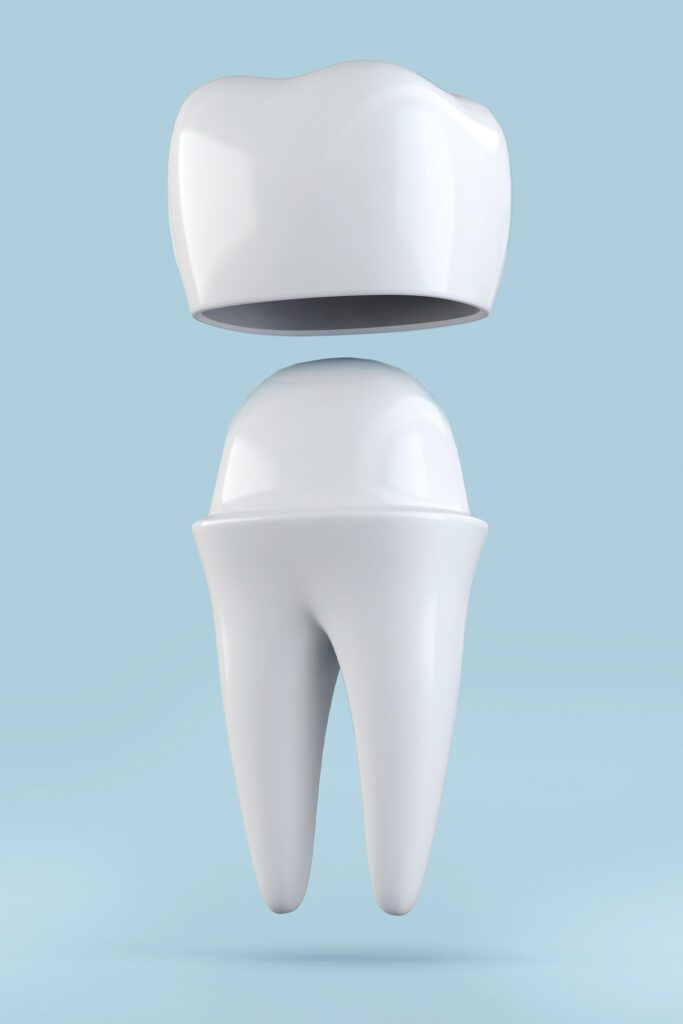Thanks to new scanning technology, dental crowns can be designed and fitted in a same-day procedure.
Understanding Dental Crowns
Dental crowns are synthetic caps that provide shape and function for restoration. These protective coverings can prevent tooth breakage, restore teeth that are already broken, and hold dental bridges in place. Crowns can also support a tooth that’s had a root canal and can cover a dental implant. Without crowns, damaged teeth are more prone to toothaches, sensitivity, and pain when biting or chewing.
New Solutions
Installing a dental crown used to require two visits – the first to create an impression of the filed tooth and the second to cement the crown. But now, same-day procedures are possible. Using computer-aided design and manufacturing (CAD/CAM) technology, dentists can take digital photos of the mouth and create a custom crown during one visit. The entire process takes about two to four hours.
How It Works


The CAD/CAM same-day crown process involves five steps:
Tooth Preparation Before attaching the new crown, your dentist will prepare the site for restoration by removing decay.
Intraoral Scanning Next, an optical scanner is used to create a 3D custom image of your mouth.
Restoration Design Once the image is obtained, your dentist will use the CAD software to identify the proper design for your prosthesis.
Production The software will then connect with an on-site milling machine that shapes the crown from a block of ceramic. It is then stained or glazed to match your natural tooth color.
Cementation Your new crown will be ready for application immediately. Your dentist will cement it to the tooth, polish it, and remove any excess debris.
Benefits to Patients
Studies show that this procedure is just as successful as traditional techniques and can even assist in preserving more of the existing tooth. CAD/CAM crown installation is quick and efficient, eliminating the temporary crown and second visit required by past methods. Because the process is completed same-day and chairside, the patient can see what their new crown will look like and how it will fit, leaving them confident and comfortable with their restoration.


